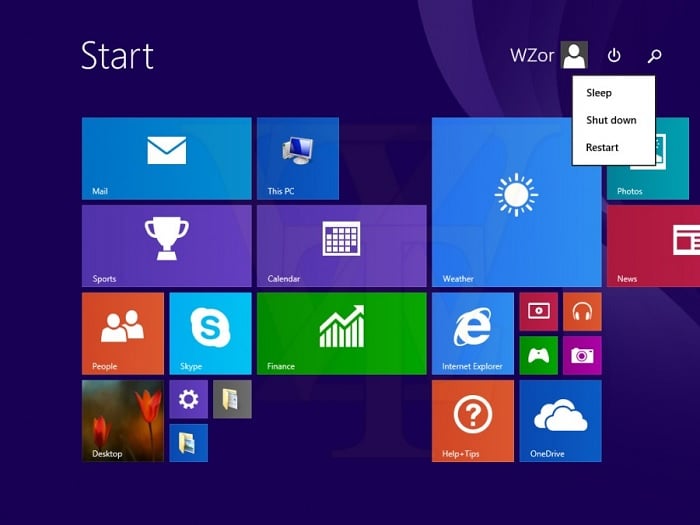Microsoft has now sold more than 200 million copies of their new Windows 8 software. The company managed to sell 100 million copies after the first six months, marking a significant milestone in their software distribution.
Sales of Windows 8 have been slower than those of Windows 7. It took Microsoft just one year to sell 240 million copies of Windows 7, while it took the company over a year to sell 200 million copies of Windows 8. This slower pace has been a point of discussion among industry analysts and consumers alike.

“We’ve surpassed 200 million licenses now on Windows 8, which is pretty stunning,” says Microsoft’s Tami Reller, speaking at a Goldman Sachs technology conference today.
Factors Influencing Windows 8 Sales
Sales of Windows 8 have been slower than those of Windows 7, and this is apparently due to several factors. One significant reason is the slowdown in the PC market. With the rise of mobile devices such as smartphones and tablets, the demand for traditional PCs has decreased. This shift in consumer behavior has impacted the sales of operating systems designed primarily for PCs.
Additionally, Microsoft’s tablets, which also come with Windows 8, have not been as successful as the company had hoped. The Surface line of tablets, while innovative, faced stiff competition from established players like Apple’s iPad and various Android tablets. The mixed reception of the Windows 8 interface, which introduced a new tile-based Start screen, also contributed to the slower adoption rate. Many users found the new interface confusing and less intuitive compared to the traditional desktop layout of Windows 7.
Looking Ahead: Windows 9 and Future Prospects
It will be interesting to see how Windows 8 performs over the next 12 months. Microsoft is already working on Windows 9, which is rumored to launch in April of 2015. The upcoming version is expected to address some of the criticisms faced by Windows 8 and bring back features that users missed, such as the traditional Start menu.
Moreover, Microsoft is likely to focus on creating a more seamless experience across different devices, including PCs, tablets, and smartphones. The integration of cloud services and the development of a unified ecosystem could play a crucial role in the success of future Windows versions. The company is also expected to enhance its support for touch-based interfaces while ensuring that traditional desktop users are not left behind.
In conclusion, while Windows 8 has faced challenges in terms of sales and user adoption, Microsoft continues to innovate and adapt to the changing technology landscape. The company’s efforts to improve the user experience and integrate new features in upcoming versions of Windows could help regain consumer confidence and drive future sales.
Source The Verge
Latest Geeky Gadgets Deals
Disclosure: Some of our articles include affiliate links. If you buy something through one of these links, Geeky Gadgets may earn an affiliate commission. Learn about our Disclosure Policy.